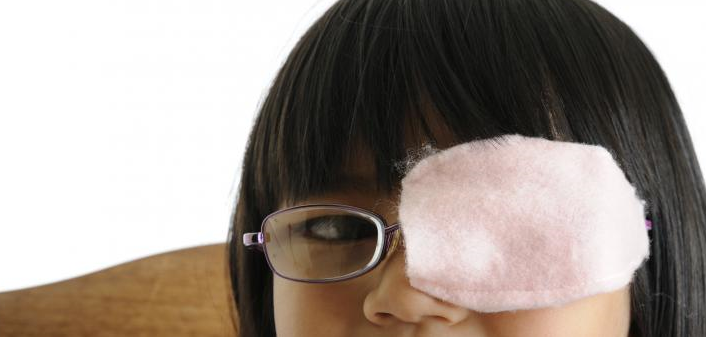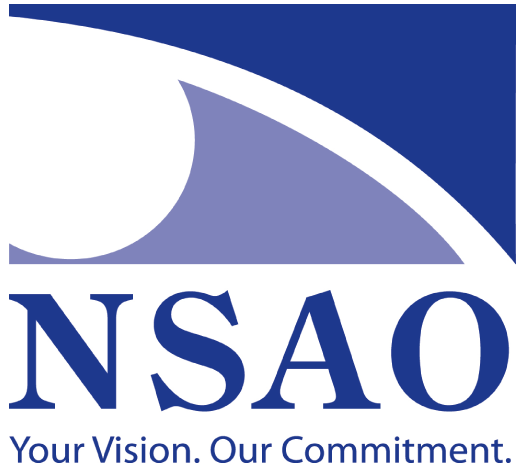EYE HEALTH & SAFETY
Amblyopia (Lazy Eye)

What is lazy eye or amblyopia?
Amblyopia is described as weak vision or vision loss in one eye as a result of an uncorrected prescription during the early stages of development. If detected and treated before age six, it will often resolve completely. It is important to treat amblyopia early – with vision therapy, eyeglasses, contact lenses, or patching – as treatment becomes very difficult later on. Untreated amblyopia can lead to blindness in the affected eye. It is estimated that two to four per cent of children under the age of six have amblyopia.
What causes amblyopia?
Amblyopia may result from a large difference in the prescription between the two eyes, resulting in two different image sizes, or it can occur when strabismus (crossed eyes) is present. Because the image that is sent to the brain from the affected eye is poor, the brain will ignore this eye. Over time, very few connections are made between the brain and the eye. It is this lack of connections that causes the eye to become amblyopic. This is why glasses alone cannot correct the problem. To strengthen the amblyopic eye, it is essential to use it. This can be achieved by patching the good eye and forcing he brain to use the lazy eye.
Is the amblyopic eye blind?
The amblyopic eye is not blind. It sees an image, but not clearly. Amblyopia mostly affects the central vision. Peripheral vision is less affected.
What are signs/symptoms of amblyopia?
Most of the time, there are no symptoms of amblyopia. Since only one eye is affected, the other eye usually has reasonably good vision and tends to take over all visual tasks. Unless the good eye is covered, the person will rarely notice the poor vision in the amblyopic eye. That is why a child with amblyopia may not realize they cannot see properly out of both eyes. Sometimes amblyopia is associated with strabismus (crossed eyes), which has its own signs and symptoms.
How is amblyopia diagnosed?
A comprehensive optometric examination can determine the presence of amblyopia. The earlier it is diagnosed, the greater the chance for a complete recovery.
That is why it is important to have your child’s vision examined at six months of age, again at age three and then regularly thereafter.

